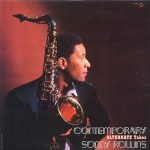More of the Music of Frank Sinatra
More of the Music of Count Basie
Mobile Fidelity may have made the perfect record for you.
This, of course, depends on who you are. More precisely, it depends on whether you care about having better sound, and whether you know how to go about acquiring pressings with better sound.
As for the MoFi you see pictured, our audition notes checked off some of its strengths, which boil down to these: it’s quiet, it’s tonally correct, and on the equipment most audiophiles will probably use to play it back, it does not seem to be especially veiled, opaque or compressed compared to many of its fellow audiophile pressings.
If you’re the kind of audiophile who doesn’t want to do the work required to find a top quality vintage pressing on his own, or buy one from us, this is actually a very good sounding record and a good way for you to go.
In that sense it is the ideal pressing for most audiophiles. If you want to know if you fit into the category of “most audiophiles,” here is one way to find out:
Ask yourself these three questions:
- Do you want the expense and hassle of finding a nice original stereo copy?
- Do you want to invest in proper record cleaning equipment to restore the glorious sound of the original’s 50-plus year old vinyl?
- Do you want to spend the time (decades) and money (many tens of thousands of dollars) to build and tweak a top quality analog playback system?
If you don’t want to do these things, you are not alone.
In fact, you are clearly in the majority, part of that enormously tall, fat bulge right in the middle of the bell curve. As the quintessential audiophile record lover, a big part of the mass of the mass-market, Mobile Fidelity has made the perfect record for you.
Without a better pressing to play against it, you will have no reason to suspect that anything is wrong with it.
More precisely, you will have no way to know that anything is wrong with it.
We know exactly what’s wrong with it, but that’s because we are very serious about records and audio, as serious as you can get. Who digs deeper than we do?
Now that you have failed to note its many shortcomings, the only thing remaining is for you to go to an audiophile forum and write your review, telling everyone how much better it is than whatever crappy pressing you owned and will be trading in soon.
This assumes you owned anything at all. I would be surprised if the average audiophile has a vintage copy of the album to compare with the new one, but no doubt some do.
The later reissues of the album, which are common in clean condition, give ammunition to all of those who proclaim that reissues are consistently awful. That’s often not the case, but is definitely the case in this case, with some notable exceptions. (In the world of records, there are almost always notable exceptions.)
If you want to hold the pressings you play to a higher sonic standard, we are here to help.
If setting a low bar is more your style, Mobile Fidelity has been making records for you for more than fifty years. As long as you keep buying them, they’ll keep making them. They’ve been setting the bar about as low as it can go for as long as I can remember, and the fact that they are still around is positive proof that their customers like things just fine that way. Better, probably.
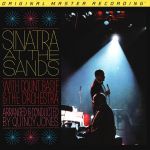


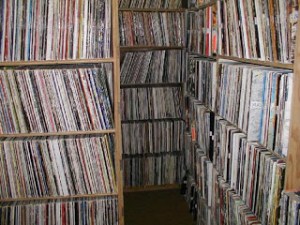
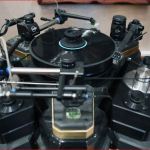
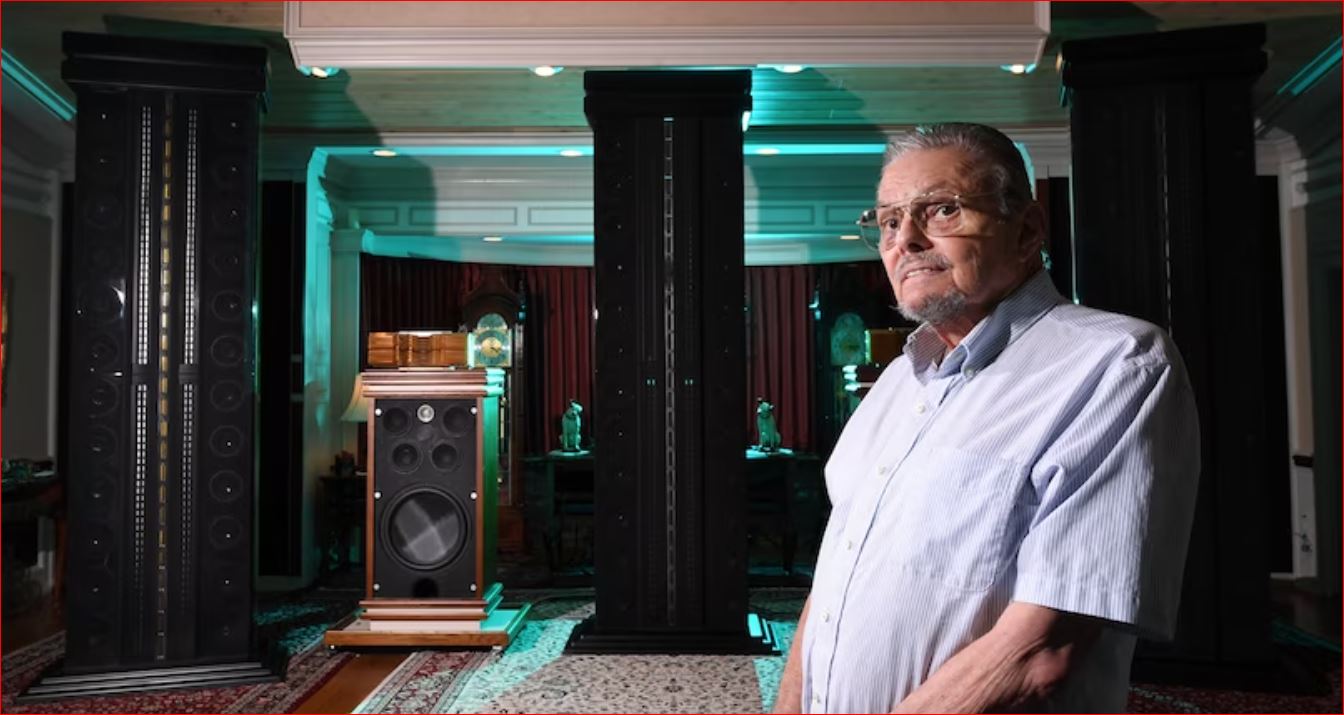
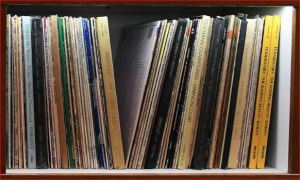 There are a number of lessons to be learned from this fellow’s mistakes.
There are a number of lessons to be learned from this fellow’s mistakes.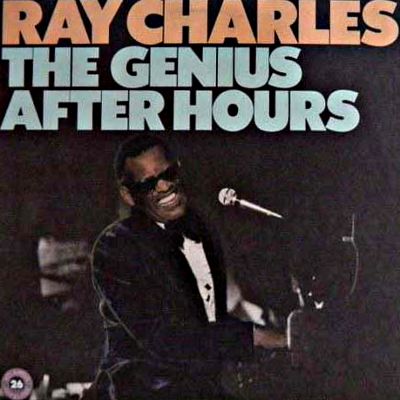
 It sounds like a very high quality mono jazz record from the 50s or 60s.
It sounds like a very high quality mono jazz record from the 50s or 60s. 
 And the FR pressing of the Rachmaninoff record you see pictured above may indeed have the best sound.
And the FR pressing of the Rachmaninoff record you see pictured above may indeed have the best sound.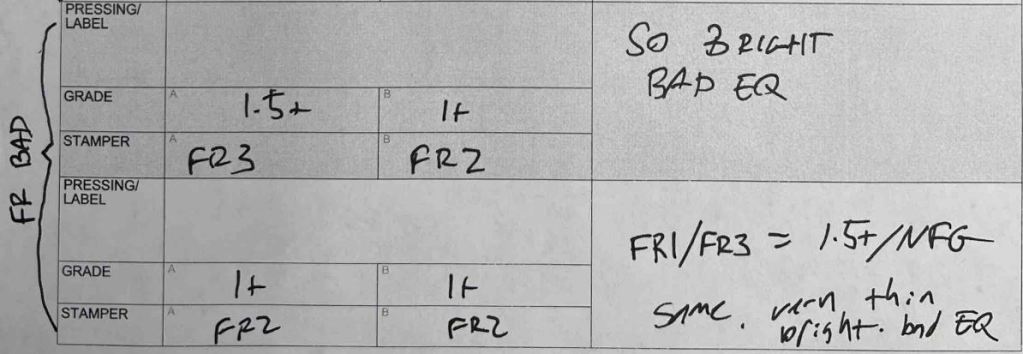

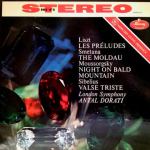 The difference between the way we do things and the way others do them boils down to this: We assumed that the original could be the best, and then we tested that assumption and found out we were wrong to assume such a thing.
The difference between the way we do things and the way others do them boils down to this: We assumed that the original could be the best, and then we tested that assumption and found out we were wrong to assume such a thing.
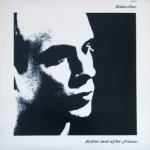 More of the Music of Brian Eno
More of the Music of Brian Eno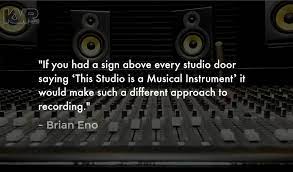 In thirty plus years of record playing I can’t think of any domestic Eno LP that ever sounded this good.
In thirty plus years of record playing I can’t think of any domestic Eno LP that ever sounded this good.